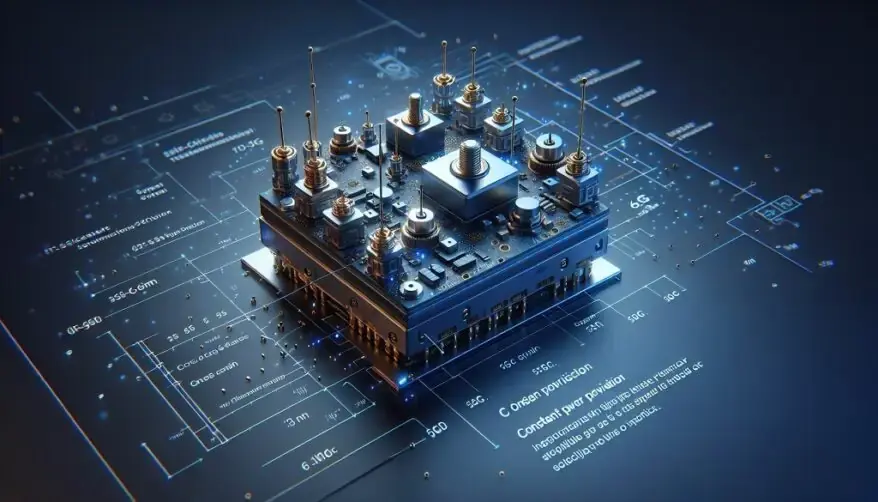Breakthrough in High-Frequency Switching for 6G Networks
Estimated reading time: 3 minutes
Researchers from the Universitat Autònoma de Barcelona (UAB) have made a major scientific advancement for 6G networks. They developed a new switch that can operate at very high frequencies. This breakthrough is important for future 6G communication systems. The new technology is better than traditional silicon-based switches. It is also more energy-efficient. This innovation will help make telecommunications more sustainable.
High Frequency Switch for 6G
The switch is an essential part of electronic communication devices. It controls the flow of electrical signals. Usually, silicon-based radio frequency (RF) switches are used. These switches work at frequencies up to tens of gigahertz (GHz). But, these devices need constant power to stay in the ‘ON’ state. This need for power reduces their efficiency and practicality.
The research team from the UAB Department of Telecommunications and Systems Engineering worked with international partners. They developed a switch that operates at frequencies up to 120 GHz. This is nearly double the capability of existing silicon-based switches. They achieved this remarkable feat by using a material called hexagonal boron nitride (hBN). Hexagonal boron nitride is a non-volatile material. This means it can maintain its state without needing continuous power.
Researcher Jordi Verdú explained that we have shown how a switch made from hBN works. hBN is a special material. It does not lose information when the power is turned off. The switch operates effectively in a frequency range of up to 120 GHz. This result means we might use this technology in new 6G mass communications systems. These systems will need many of these switches to function correctly.
hBN Material
The key to this breakthrough lies in the special properties of the hBN material. This material shows the phenomenon of memristance. Memristance means that the electrical resistance of a material changes when a voltage is applied. It allows the switch to be turned on and kept on with a brief electrical pulse instead of a constant power source.
This innovation makes the switches work better. It also makes them use less energy. Verdú explains that this is very important. It improves how well the devices work. It also helps us move towards technology that uses less energy and is more sustainable.
The potential applications of this technology are vast, particularly in the context of the upcoming 6G communication networks. With the growing demand for faster and more reliable data transfer, we need better technology. The Internet of Things (IoT) is becoming more common. Virtual reality is also being used more. Because of this, we need high-frequency switches that use less energy. These switches are very important.
The research findings were recently published in the prestigious journal Nature Electronics. This is a significant milestone in developing the next generation of communication systems. The world eagerly waits for 6G networks to roll out. This breakthrough from UAB researchers shows the power of scientific innovation. It plays a big role in shaping the future of global connectivity.
To stay updated with the latest developments in STEM research, visit ENTECH. This is our digital magazine for science, technology, engineering, and mathematics.
At ENTECH, you’ll find a wealth of information. We offer insights and resources to fuel your curiosity. Our goal is to inspire your passion for new scientific discoveries.






